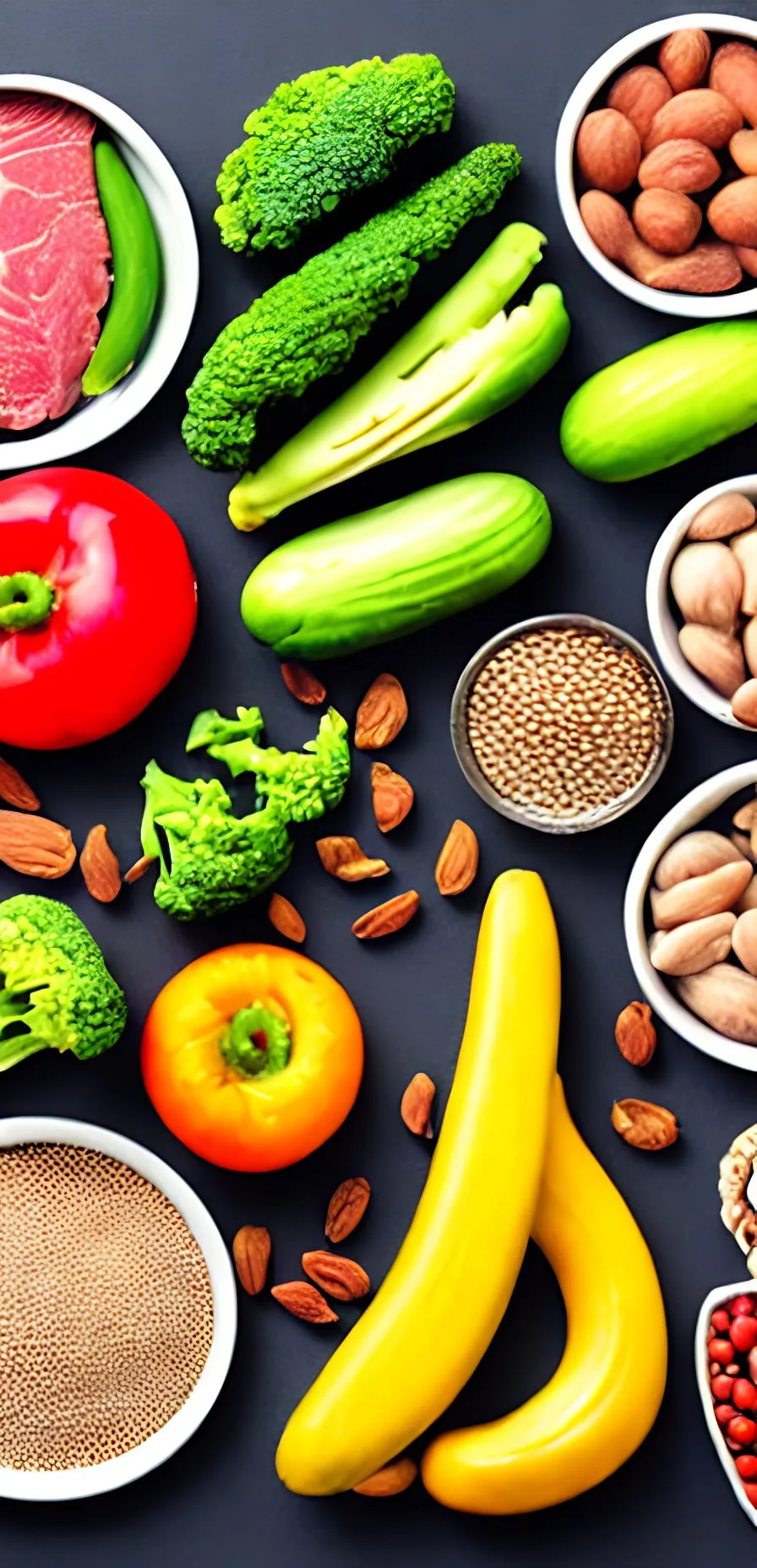Are you curious about the future of food and nutrition? Look no further! 2023 is shaping up to be an exciting year for nutrition, with a host of new trends and innovations emerging. From plant-based diets and functional foods, to ancient grains and alternative sweeteners, there’s no shortage of exciting developments in the world of food and nutrition. In this blog post, we’ll take a closer look at the top 2023 nutrition trends and explore what they mean for you and your health. So, grab a snack and let’s dive in!
There are many exciting new food and nutrition trends emerging in recent years. Here are some of the most interesting:
From Ancient Grains to Plant-Based Diets: The Top 2023 Nutrition Trends to Know
- Plant-based diets: More and more people are adopting plant-based diets for various reasons, such as ethical, environmental, and health concerns. Plant-based diets consist of foods derived from plants, such as fruits, vegetables, grains, legumes, nuts, and seeds. These diets are high in nutrients, fiber, and antioxidants, and low in saturated fat and cholesterol. Some people follow plant-based diets for environmental reasons, as animal agriculture is a major contributor to greenhouse gas emissions and deforestation. Others follow plant-based diets for ethical reasons, as they believe in humane treatment of animals.
- Functional foods: Functional foods are foods that have been specifically designed to provide additional health benefits beyond their nutritional value. These foods are enriched with functional ingredients, such as probiotics, prebiotics, fiber, vitamins, and minerals. Examples of functional foods include probiotic yogurt, fiber-rich cereals, and fortified juices. These foods can help improve digestive health, boost immunity, and lower the risk of chronic diseases.
- Fermented foods: Fermented foods are foods that have been preserved by the action of microorganisms, such as bacteria and yeast. Fermentation is a natural process that has been used for centuries to preserve food and enhance its flavor, texture, and nutritional value. Examples of fermented foods include yogurt, kefir, sauerkraut, kimchi, and miso. These foods are rich in probiotics, which are beneficial bacteria that help improve digestive health and boost immunity.
- Ancient grains: Ancient grains are grains that have been cultivated for thousands of years and have remained largely unchanged. These grains are often considered to be more nutrient-dense and flavorful than modern varieties. Examples of ancient grains include quinoa, amaranth, sorghum, and teff. These grains are high in fiber, vitamins, and minerals, and can be used as a healthy alternative to wheat and other modern grains.
- Alternative sweeteners: Many people are looking for healthier alternatives to sugar, which is linked to a number of health problems, such as obesity, type 2 diabetes, and heart disease. Alternative sweeteners are sweeteners that are derived from natural sources, such as fruits, vegetables, and herbs. Examples of alternative sweeteners include stevia, monk fruit, and xylitol. These sweeteners are often lower in calories and carbohydrates than sugar, and can be used as a healthier alternative in baking and cooking.
Overall, these food and nutrition trends are focused on providing healthier and more sustainable options for people to enjoy. As more and more people become aware of the importance of good nutrition and the impact of food on the environment, these trends are likely to continue to grow and evolve.

2023 Nutrition Trends: The Good, The Bad, and Now The Ugly
There are many health food trends that have failed to take off, or have even been debunked as not being as healthy as initially thought. Here are a few examples:
- Gluten-free diets: The gluten-free trend emerged as a way to address celiac disease, a condition in which the body cannot tolerate gluten, a protein found in wheat, barley, and rye. However, the trend has been adopted by many people who do not have celiac disease, and who believe that gluten-free diets are healthier. However, there is no scientific evidence to support this belief. In fact, some gluten-free products are often lower in nutrients and higher in calories and sugar than their gluten-containing counterparts.
- Raw diets: The raw food trend is based on the belief that raw foods are more nutritious and healthier than cooked foods. However, this is not always the case. While raw fruits and vegetables are certainly healthy, some raw foods can actually be harmful to health. For example, raw eggs and raw meat can contain harmful bacteria that can cause food poisoning. Additionally, some raw foods, such as grains and legumes, need to be cooked in order to be digestible and nutritious.
- Detox diets: Detox diets are based on the idea that the body needs to be cleansed of toxins through a strict dietary regimen. However, the body has its own natural detoxification system, which is carried out by the liver and kidneys. There is no scientific evidence to support the effectiveness of detox diets, and some of these diets can actually be harmful to health, as they can be low in essential nutrients and lead to nutrient deficiencies.
- Superfoods: The term “superfood” is often used to describe foods that are believed to have extraordinary health benefits. Examples of superfoods include acai berries, kale, quinoa, and goji berries. While these foods are certainly healthy and nutritious, there is no scientific evidence to support the idea that they are any healthier than other fruits, vegetables, and grains. Additionally, the term “superfood” is not regulated by the food industry, so it is often used as a marketing gimmick to sell products.
Overall, these failed health food trends are often based on unfounded beliefs or marketing hype, rather than scientific evidence. It is important to approach health food trends with skepticism, and to consult with a healthcare provider or registered dietitian before making any significant changes to your diet.
